Energizing Change

Reflecting on the past year, I am struck by many reasons for hope amid the growing climate crisis.
You will notice I have signed this as Co-Founder and Interim CEO. Before you dig into the exciting parts of our 2023 Impact Report, I want to tell you about some important changes aimed at further increasing RAP’s reach and impact. After eight years as RAP’s CEO, Richard Sedano has stepped into a new role as our Senior Director of Innovation. He is already pursuing three new initiatives to accelerate the clean energy transition. In the meantime, I have become the Interim CEO and will keep RAP moving forward while we search the globe for our next leader.
Reflecting on the past year, I am struck by many reasons for hope amid the growing climate crisis. Chief among them are the passionate people devoting their careers and expertise to solving the myriad policy challenges within the energy sector. RAP’s team offers many examples. Our dynamic global staff unleashed their creativity, crafting innovative regulatory solutions and providing invaluable technical assistance to decision-makers. Policymakers, too, are demonstrating their willingness to ask and answer questions that disrupt the status quo and push the boundaries of what we think is possible.
Another reason for hope — the meaningful policy progress made by governments around the world toward a more equitable, clean energy reality. From China’s world-leading smart electricity tariffs to the European Union’s updated Energy Efficiency Directive, decision-makers are putting people first and implementing the policies needed to meet climate commitments.
Looking inward, our team reaffirmed our collective vision and mission. We crafted a set of organizational values that represent us and guide our work. Our impact initiatives remain our compass, guiding our focus and igniting our passion. These initiatives not only energize our team but also mirror the needs of policymakers worldwide.
The challenges to reaching 2030 global clean energy benchmarks are many. But here is where we will do our part: RAP will continue to give policymakers and regulators the tools and knowledge to reach these ambitious and necessary targets. Together, we are Energizing Change; ushering a sustainable and just energy future into the present.
Sincerely,
David Moskovitz
Co-Founder and Interim CEO

Decarbonize the Grid
Market Reforms Drive Decarbonization
RAP encourages governments to create markets that drive decarbonization by revealing the value of beneficial behaviors by customers and companies. Around the world, policymakers relied on RAP analysis, expertise and insights to harness the power of markets.

Photo credit: Public Service Commission of the District of Columbia
- As they considered electricity market reforms, experts from the European Commission trusted RAP for analysis and policy recommendations to accelerate uptake of renewables and efficiency, protect consumers and harness the flexibility of heat pumps and electric vehicles.
- RAP provided global insights on effective market designs as decision-makers from India’s Ministry of Power, Central Electricity Authority and Central Electricity Regulatory Commission considered market reforms.
- State utility commissioners in the United States turned to RAP to help launch the West-Wide Governance Pathways Initiative, which will establish a regional market to help states meet climate and clean energy goals at least cost.
- China’s central government advanced a series of policies for introducing flexibility and demand-side resources into markets and increasing competitive pressure on coal generators.
Expanding Clean Energy Access in Rural Amazon
Over the last 20 years, Brazil’s government successfully expanded electricity access to 99% of its population. However, roughly 4,000 communities, or one million people, still lack supply. Those in remote areas with isolated systems face high transportation costs and chronic power shortages because diesel is used as the main fuel for power generation.
RAP developed a Roadmap showing how Brazil can deploy distributed technologies like microgrids, solar PV and battery storage to accelerate electrification and reduce the cost of universal access. RAP’s team is advising decision-makers on implementing recommendations to reinforce Brazil’s position as a leader in making clean, reliable energy accessible to remote communities.

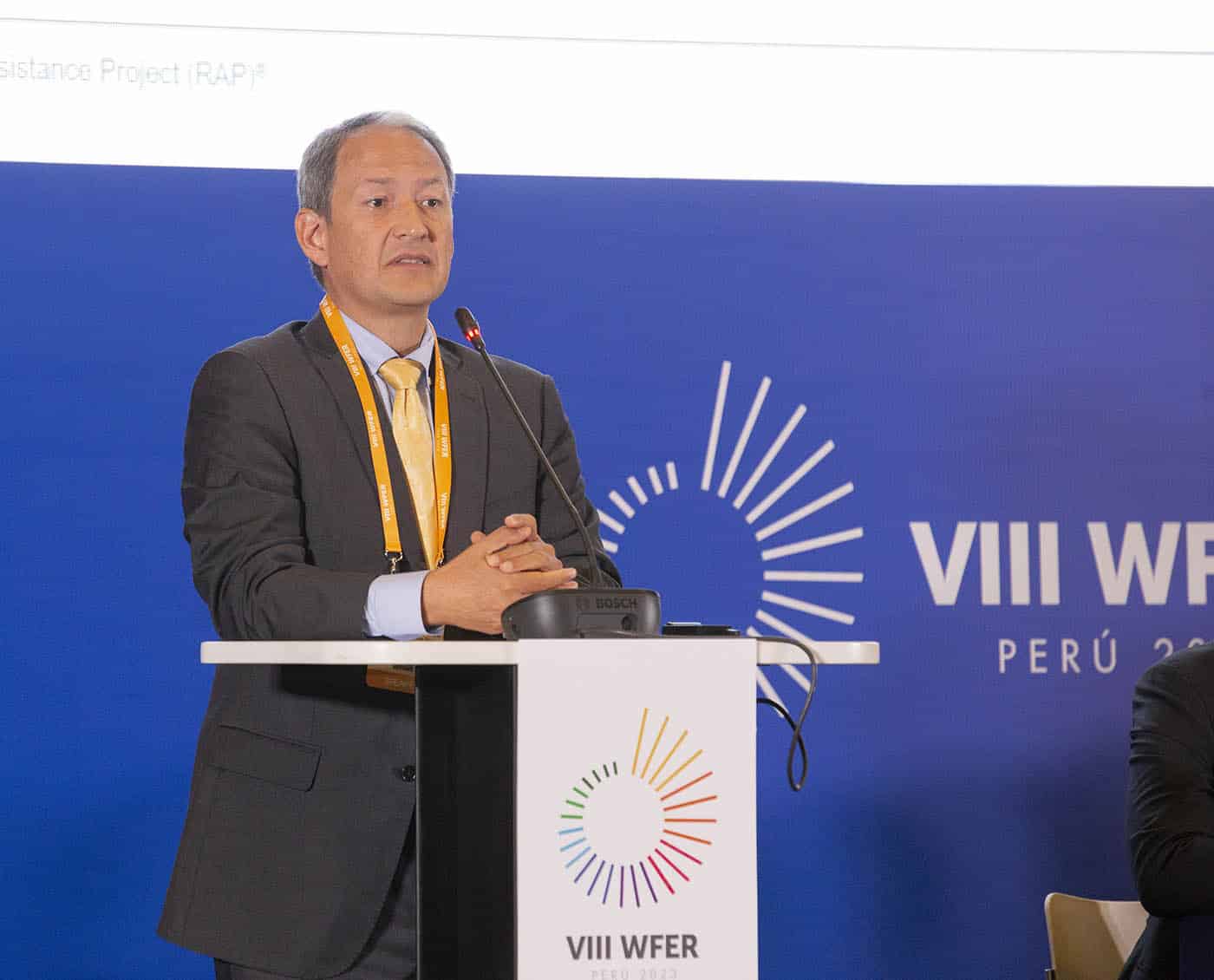
“Access to electricity isn’t just a basic necessity; it’s a catalyst for holistic development in the region. Our roadmap goes beyond mere electrification, focusing on its integration with broader policies and sectors to drive sustainable local development in Brazil’s Legal Amazon.”
ALEJANDRO HERNANDEZ | INDIA AND GLOBAL OPPORTUNITIES PROGRAM DIRECTOR
A Decade of Progress: Developing China’s Wind and Solar Potential
Chinese decision-makers have been working to integrate more wind and solar energy into the grid. This is visible in the decrease of renewable energy waste, known as curtailment.
Policymakers adopted ideas that successfully addressed curtailment, reduced emissions and unlocked the ongoing wind and solar boom. For example, in 2017 China set aggressive renewable curtailment reduction targets for grid companies. More recently, the country implemented new electricity markets that reward and exploit the low operating cost of wind and solar energy.
As a result, China has sharply reduced the amount of curtailed solar and wind power. Its curtailment reduction as of 2022 is roughly equivalent to an additional 30 GW of wind and 60 GW of solar capacity on the grid.
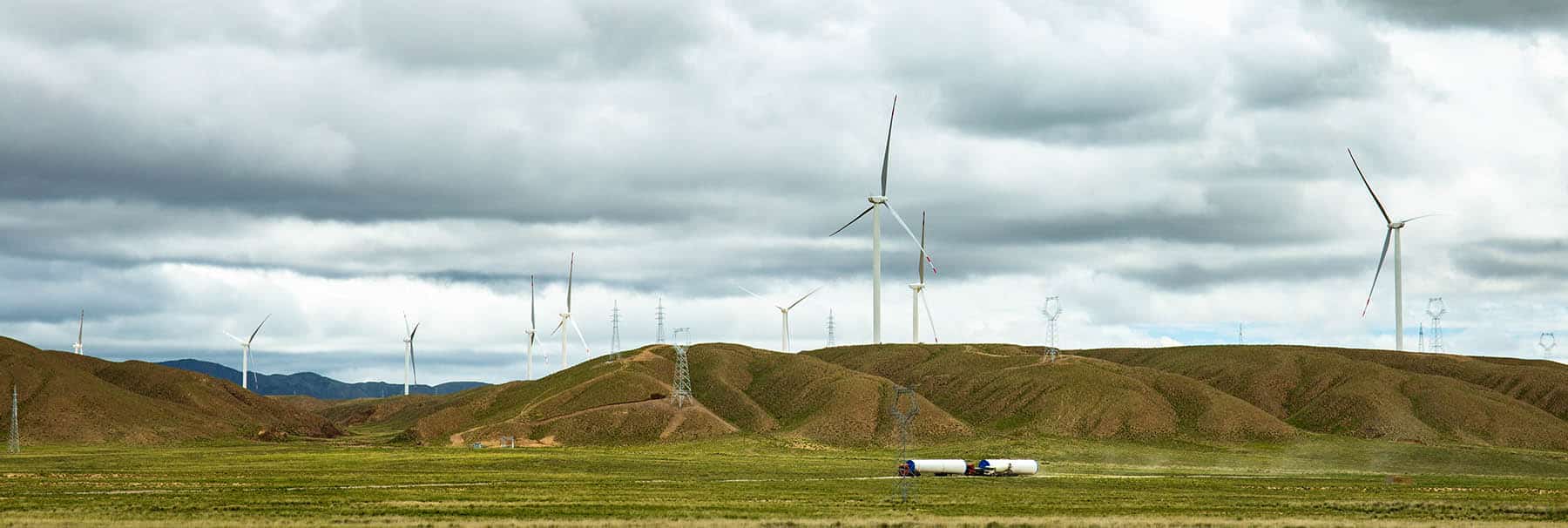
China
Lower curtailment rates are like adding more renewable energy to the grid.
+ 30 GW
Of Wind
+ 60 GW
of Solar

Electrify Buildings and Transportation
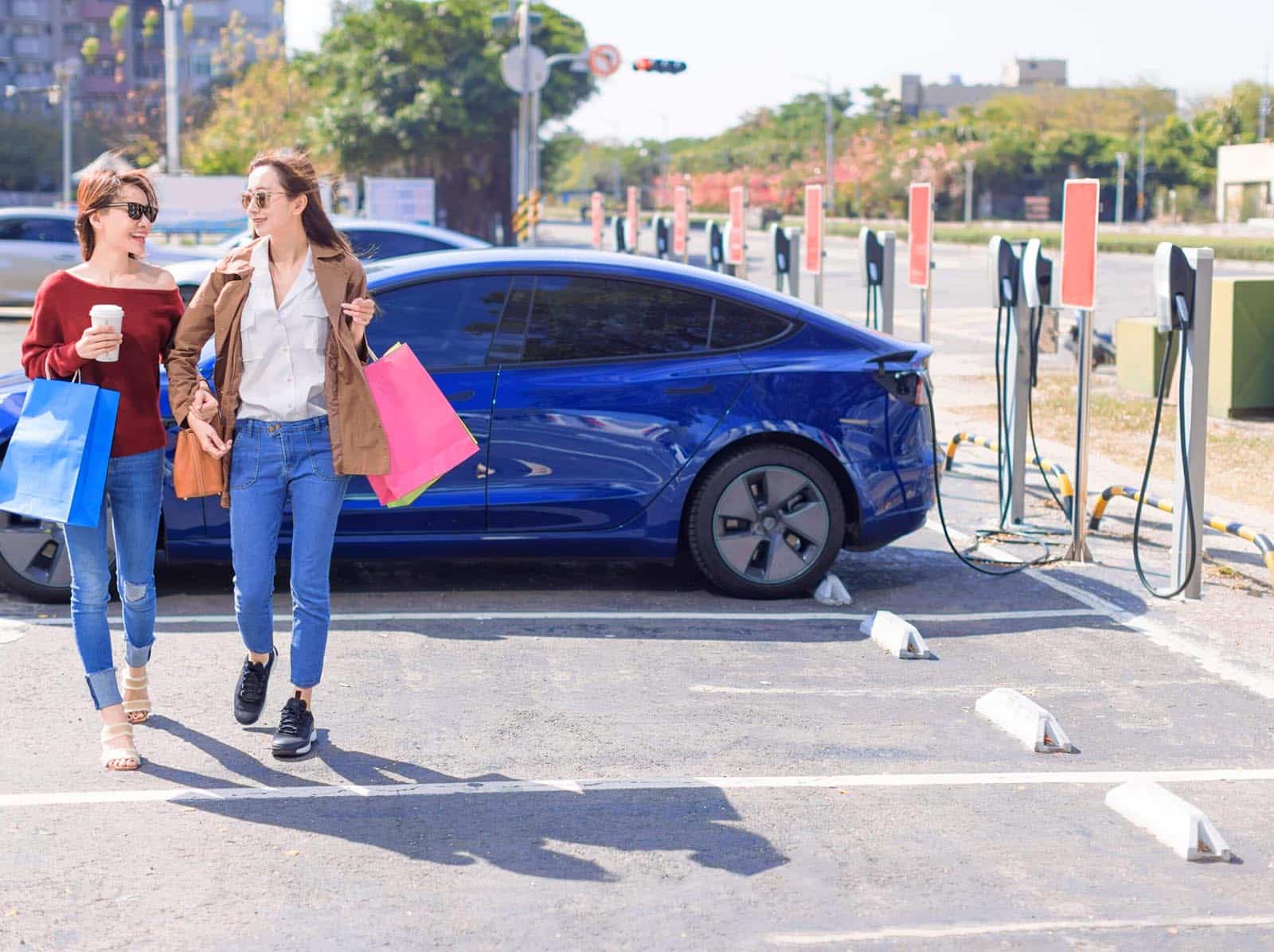
Smart Policies Pave the Way for EV Growth
As drivers, companies and governments buy more EVs every year, energy and transportation policies must keep up. RAP’s thought leadership on smart charging delivered timely, actionable recommendations to decision-makers.
Drawing on this expertise, European policymakers adopted the first charging infrastructure regulation, which requires public EV charging points across the entire European Union to be smart. Consumers will benefit from reduced costs, and all EV users, even those without home chargers, will have access to public charging benefits. Plus, smart charging optimizes the use of renewable energy, furthering progress toward meeting climate commitments.
Bipartisan legislation in Texas reflects RAP’s thought leadership in the Roadmap for Electric Transportation — enshrining equitable access to EV charging into state law. The legislation includes provisions to ensure fully functional charging stations across the state. RAP is advising public utility commissioners across the country on the importance of this consumer protection to deliver equitably on state climate commitments.
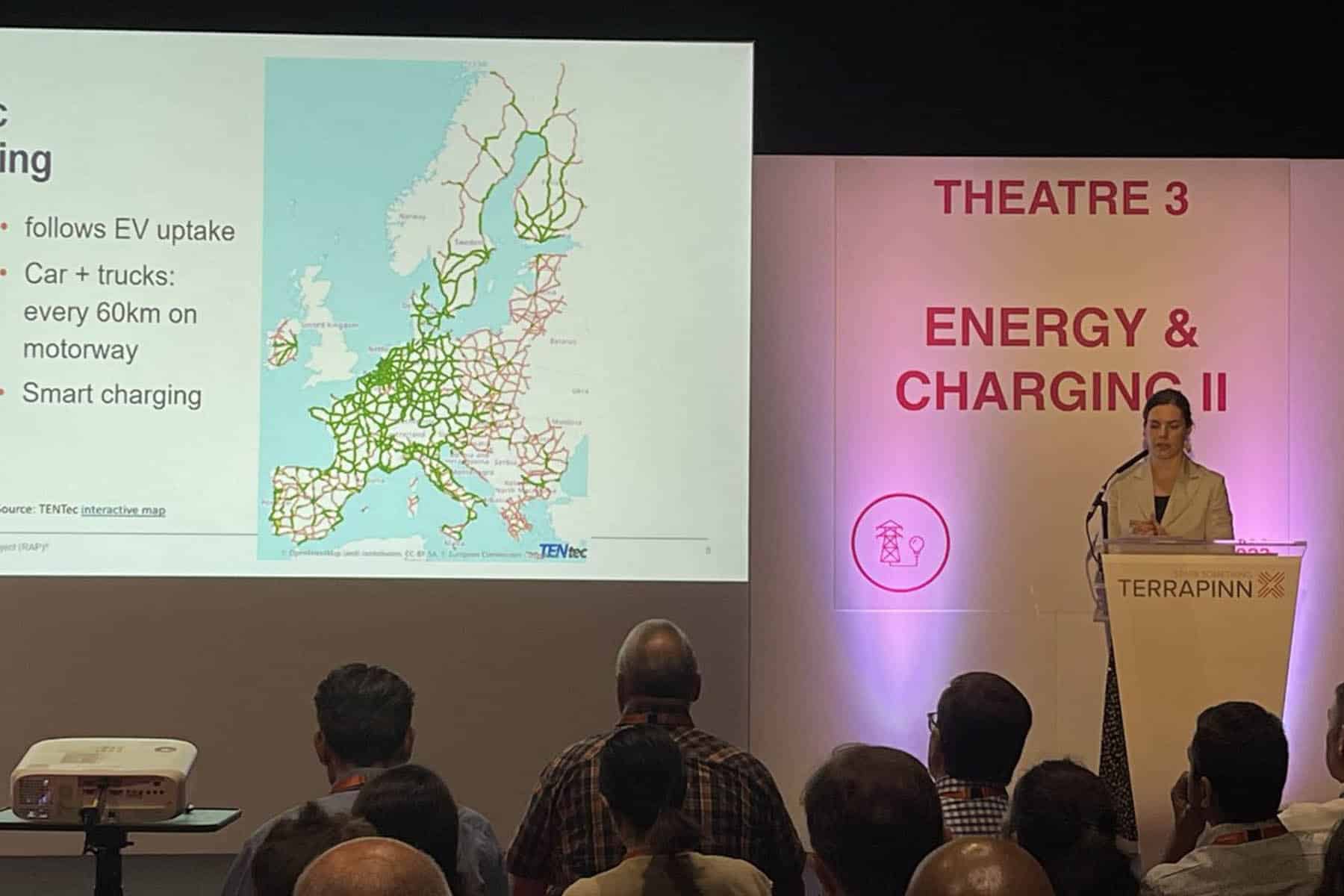
“Our objective is not simply to put more EVs on the road. It is to electrify vehicle miles where that’s most efficient, and to ensure EVs are charging optimally at lowest cost for the users, the grid and the environment.”
JULIA HILDERMEIER | SENIOR ASSOCIATE
Heat Pump Uptake Soars
RAP thought leadership helped drive favorable policies that significantly contributed to the growth of heat pump adoption across Europe.
Policymakers in France, Poland, and the UK relied on our independent analysis to cut through industry noise and deepen their understanding of key issues such as how heat pumps perform in cold weather, how to rebalance taxes on energy use to make heat pumps more affordable, and the affordability and safety of clean heat for economically vulnerable households.
Much of this momentum can be accredited to the Heat Pump Toolkit developed with our partners Collaborative Labeling and Appliance Standards Program (CLASP) and Global Buildings Performance Network.
In the United States, RAP and CLASP showed that state policy is just as important as the Inflation Reduction Act (IRA) for fighting climate change. The perfect complements to IRA funding are end-use and equipment policies, like clean heat and NOx emissions standards, that reduce emissions, improve air quality, and accelerate the adoption of clean heat technology like heat pumps.

“Heat pumps are a vital technology that can provide many benefits, including greenhouse gas reductions, reduced air pollution, and the growth of renewable sources of energy. Undoubtedly the scale of this energy challenge is huge and it will require coordination between businesses, governments and households.”
RICHARD LOWES | SENIOR ASSOCIATE

Encourage Distributed Energy Resources
Revisiting Regulatory Success: MADRI and the Making of DERs
Distributed energy resources (DERs) are proliferating globally as multipronged solutions to cleaning power grids.
Their rise in the United States can be traced to the Mid-Atlantic Distributed Resources Initiative (MADRI), a stakeholder group formed in 2004 to address barriers to DER deployment in the PJM states. Between 2005 and 2020, RAP facilitated MADRI’s efforts and informed state decisions for new grid design, operation and regulation in the Mid-Atlantic region and beyond.
As electrification expands across major sectors in the United States, integrating greater amounts of DERs that provide and enhance grid flexibility will be critical for cleaner, more reliable power. RAP has long noted the underappreciated value of DERs and continues advising public utility commissions interested in reducing and removing existing barriers to these clean energy resources.
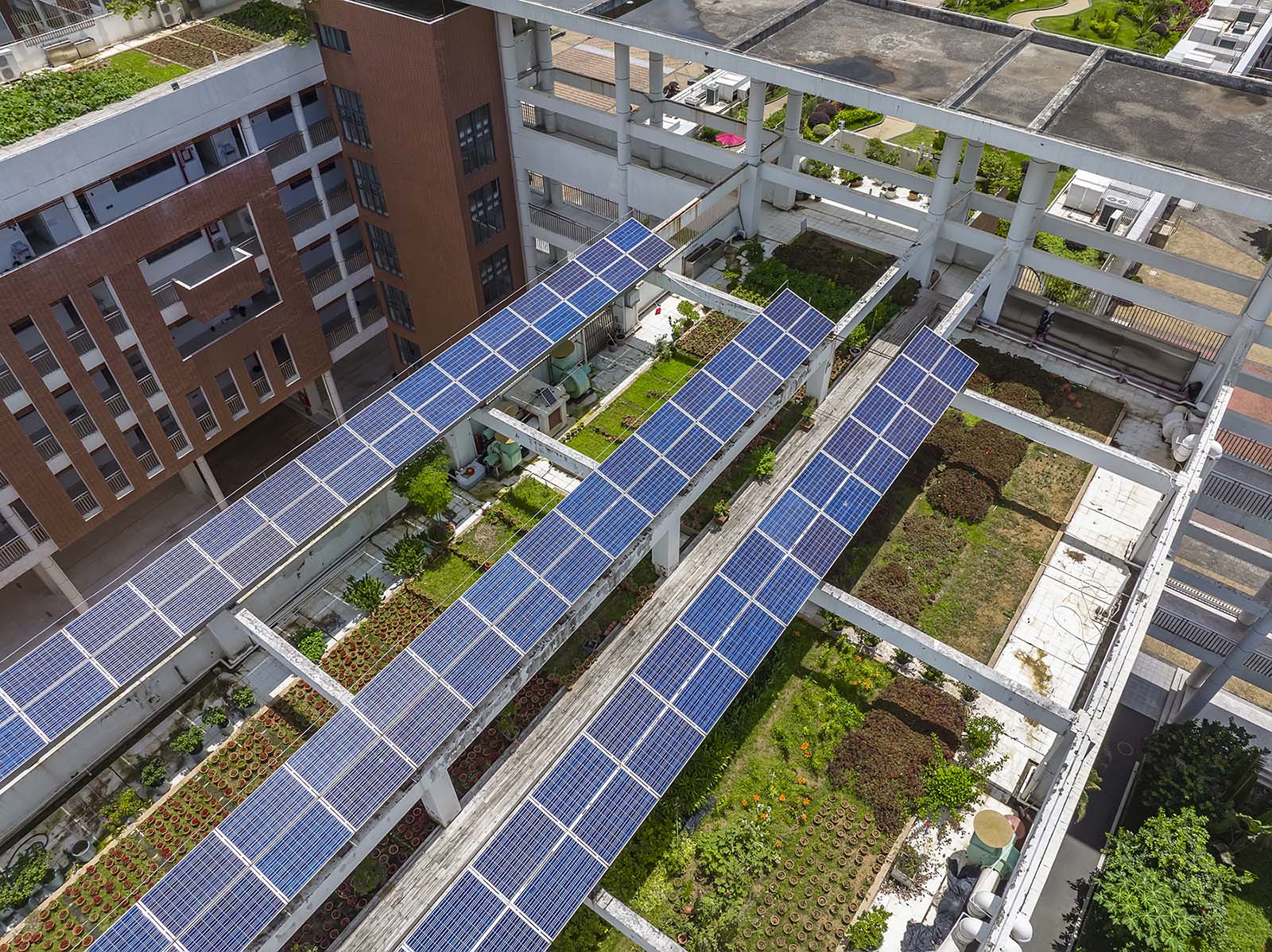
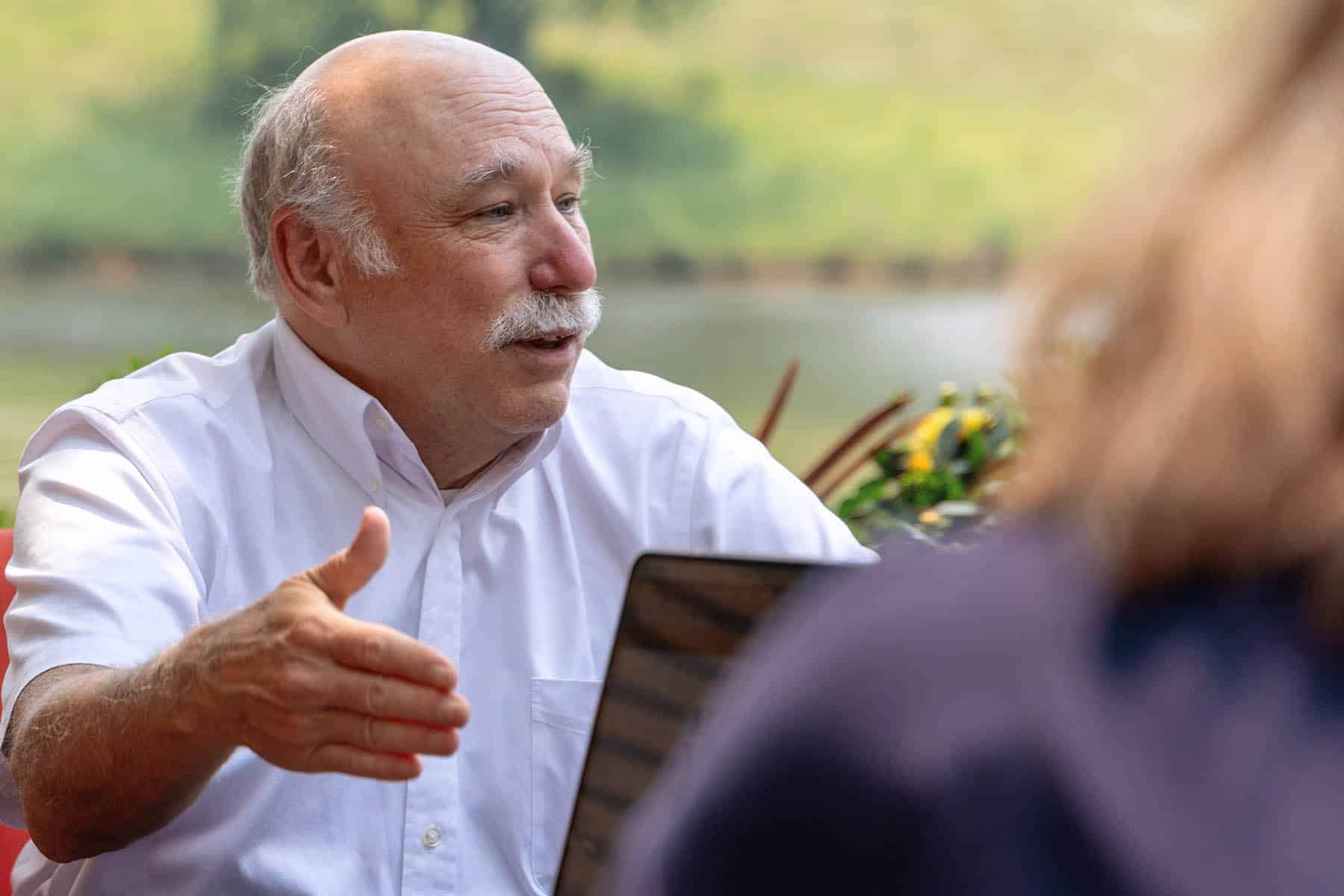
“MADRI’s legacy shows that innovation happens in a collaborative environment much better than it happens in an evidentiary proceeding. That’s proven over and over again, and it was demonstrated within MADRI.”
RICHARD SEDANO | SENIOR DIRECTOR, INNOVATION
Smart Rates Empower Consumers, Accelerate Decarbonization
Smart time-of-use electricity rates reflect to customers the differences in cost to deliver electricity at different times of the day or week. Smart electricity pricing is a key tool for maximizing the amounts of renewable energy generation that jurisdictions can effectively integrate into grid systems. These rates can also make electrified buildings and vehicles more affordable by incentivizing customers to shift their usage to less expensive times of the day.
After a landmark 2021 policy, smart rates are now widespread in China. Decision-makers are looking for international experience on how best to incentivize consumer EV charging habits to align with the needs of a clean-energy grid.
Reflecting RAP’s thought leadership, officials in Germany and Puerto Rico adopted smart rate policies as a decarbonization solution.

“China has made great strides in expanding the coverage of time-of-use rates nationally. Now it’s the time to refine the design of these rates to make them more cost reflective.”
CHI GAO | ASSOCIATE

Reduce Emissions from Fossil Fuels
RAP Sets Record Straight on ‘Renewable’ Hydrogen
The policy dialogue around using “green” hydrogen, or hydrogen gas generated using renewable electricity, for building heating was a fierce topic of debate in 2023. RAP provided vital reality checks to the debate as consultations regarding hydrogen took place in the UK, EU, and multiple U.S. states.
RAP’s conclusion is clear: evidence overwhelmingly shows hydrogen is not an efficient option for clean, decarbonized heating. Nor will it present economic benefits for consumers. RAP published a report in April showing that hydrogen heating could increase UK customers’ bills by at least 70%. Ultimately, discussions on expanding hydrogen end uses must focus on consumers — those most impacted by any hypothetical switch.

United Kingdom
Hydrogen for heating:
+70 to 300% heating bills
Moving Beyond Gas
According to the International Energy Agency, global fossil fuel demand must be slashed more than 25% by 2030 and 80% in 2050 to achieve the goals set in 2015’s Paris Agreement. Energy experts at RAP are advising global governments on regulation reforms and infrastructure planning that can drive system-wide decarbonization.
- Vermont adopted the first clean heat standard (CHS) policy in the United States. With technical assistance from RAP, eight more states are exploring clean heat standards to meet climate targets. Similar to a renewable electricity standard, CHS establishes a performance standard for fossil fuel distribution companies to decarbonize their service within a specific timeframe.
- In China, RAP discussed the challenges of phasing out gas distribution networks given decarbonization targets and the need to avoid stranded assets. China’s current five-year plan frames both fossil gas and heat pumps as “clean heating” options.
- RAP analysis informed the UK government’s deliberations on how to remove direct fossil fuel use in heating by 2050.

Setting the Standard: New Model Rules for Equipment
RAP pioneered the concept of a model rule regulating the emissions of nitrogen oxide, or NOx, in water heaters in 2021. The model rule, now in its second iteration, is proving a timely and incisive intervention for reducing end-use greenhouse gas emissions.
As the first model rule of its kind in the United States, the NOx emission standard for fossil-fueled water heaters is spreading rapidly across the country — and awareness of it as a decarbonization solution continues growing. In September 2023, 10 states in the U.S. Climate Alliance, plus Maine, committed to exploring zero emissions standards for space- and water-heating equipment.
In 2024, RAP is partnering with Northeast States for Coordinated Air Use Management (NESCAUM) to further develop another similar model rule for space heating and cooling, or HVAC, equipment. Armed with a combination of model rules for both HVAC and water-heating equipment, states will be able to deploy these new regulations as dual, reinforcing solutions for building decarbonization.

If all new appliances are electric by 2030, then by 2045 we could avoid:
500 MILLION
metric tons CO2e per year
$42 BILLION
in climate and health costs per year
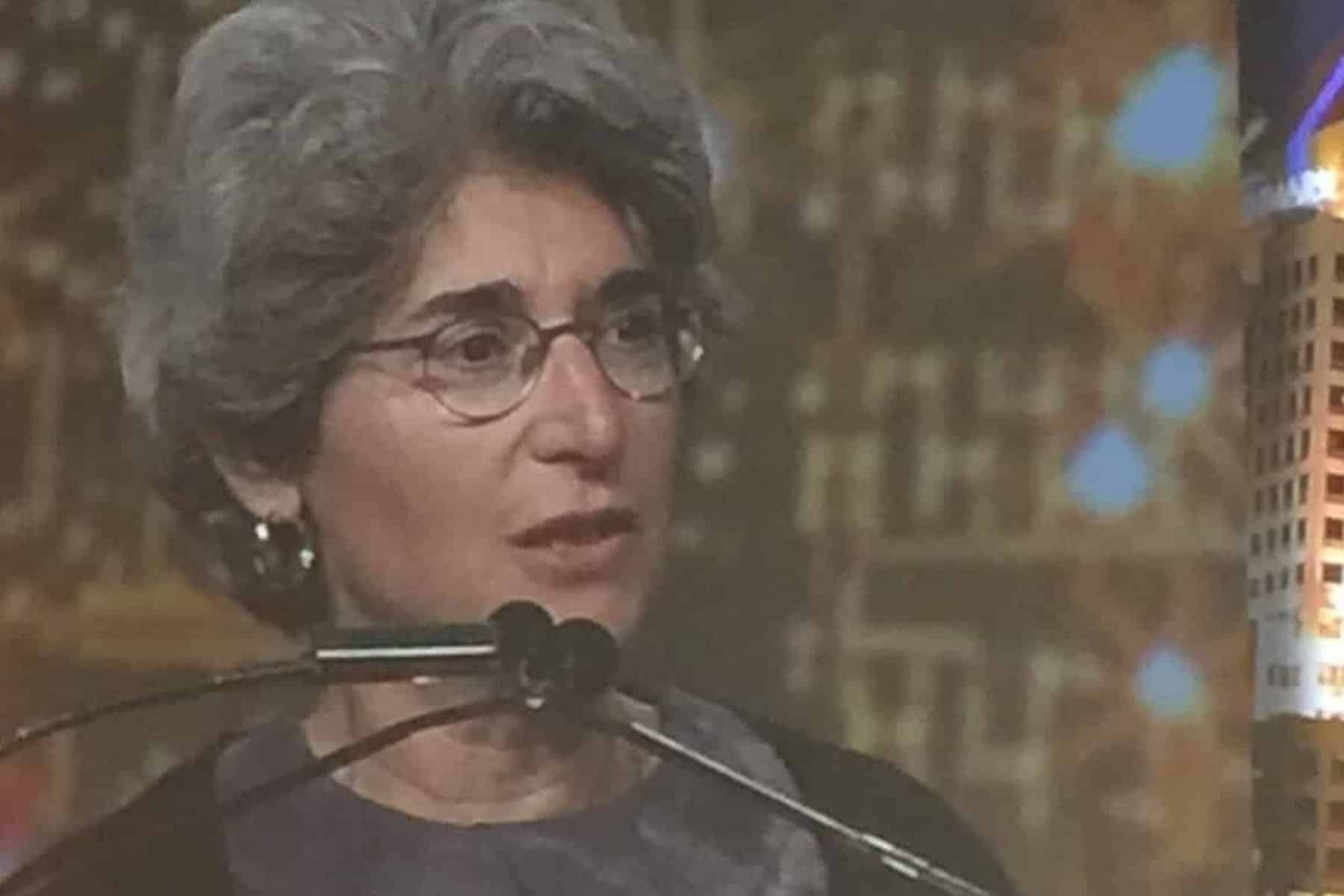
“Between seven to eight million water heaters are installed in the U.S. every year. Over time, with an increasingly stringent NOx limit, more and more of those water heaters would be high-efficiency, electric heat pump models.”
NANCY SEIDMAN | SENIOR ADVISOR, CONSULTANT

Design a Clean Energy Future
Europe’s EED puts Efficiency First
The EU’s updated Energy Efficiency Directive (EED) firmly centers energy efficiency in its suite of climate mitigation policies. Beginning in 2024, the EED includes three significant changes advanced by RAP’s technical assistance:
- Greater energy efficiency ambition. The annual target for new energy savings from efficiency measures will increase to 1.5% of final energy consumption in 2026 and 1.9% in 2028. This increase broadly aligns with RAP’s assessment of efficiency’s role in meeting climate targets.
- Fossil fuel exclusion. In a first-of-its-kind exclusion, energy savings from new installations of fossil fuel technologies can no longer be counted toward national energy savings targets in EU countries.
- Energy poverty provisions. Across member states, about 10% of energy savings must be achieved among prioritized groups of low-income, energy-poor or vulnerable households.
The cumulative greenhouse gas savings by 2030 resulting from the increased level of efficiency ambition is estimated to be over 300 million metric tons of CO2e. To put this into perspective, that’s more than the annual emissions levels of Spain.
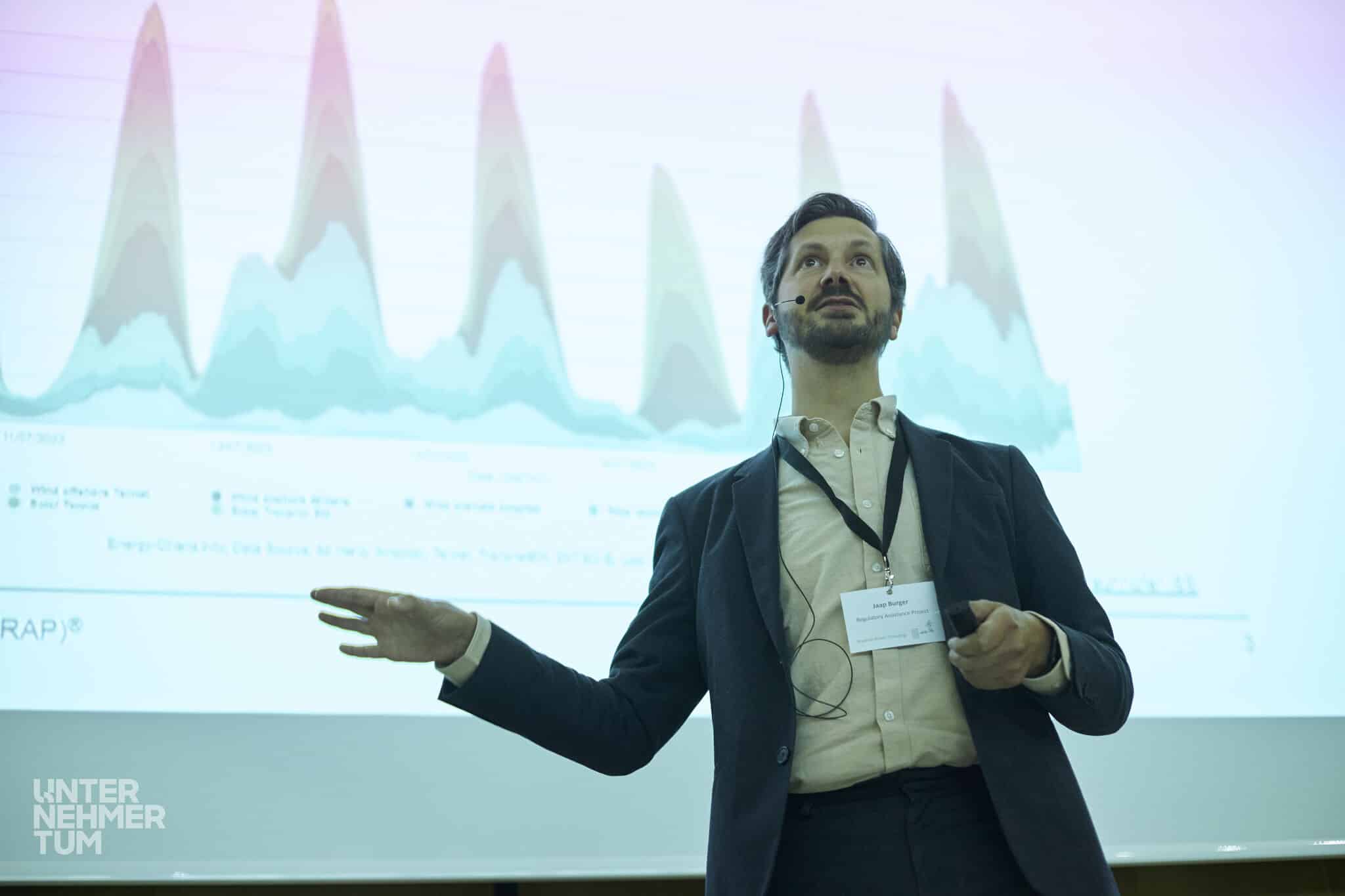

“Energy efficiency is the first strategy to reduce household energy burdens in the long term and alleviate energy poverty. The new European climate framework places significantly more focus than ever before on policies to ensure households benefit directly from energy savings through things like home renovation.”
LOUISE SUNDERLAND | MANAGING PRINCIPAL
RAP Policy ToolBox
RAP has a new look! Our new website includes a digital Policy ToolBox.
Curated especially for policymakers, regulators, and advocates, the Policy ToolBox includes policy guides, model legislation, and interactive graphics that help decision-makers design practical solutions to meet clean energy needs. Features include:
- Europe Power System Blueprint. Policymakers from the Czech Republic to Luxembourg reference the Blueprint in their daily work. Check it out for tools to decarbonize the European power system by 2035.
- U.S. Building Modernization Legislative Toolkit. A truly collaborative effort among RAP and its partners, the toolkit highlights the benefits of modernizing buildings and offers sample language policymakers can use. Members of the Midwest Building Decarbonization Coalition are using the toolkit to advance equity and public access in regulatory decision-making.
- India Knowledge Centre. Since launching in September, policymakers and regulators in India have used this information hub to develop policies to meet the country’s ambitious decarbonization targets.
As a living resource, the ToolBox will continue expanding based on emerging trends and solutions. Energy regulators and stakeholders around the world now have a dedicated space to find the right mix of policy tools to fit their needs.

I’m really looking forward to the new Policy Toolbox — it’s basically an online library for all of RAP’s work. Any time a new paper comes up, I think about ways we can make it more visually interesting and more hands-on for folks to use our expertise and subject matter areas. We’re adding things on a weekly basis, even if it’s something small like a new blog or a new report. There’s always something happening.
TIM SIMARD | DIGITAL COMMUNICATIONS ASSOCIATE
Where RAP Lives and Works
Our team of clean energy experts draws from extensive experience in government and a deep understanding of the pressure, political, and environmental influences impacting energy policy decisions. We live and work around the world, leveraging our expertise and network to energize change.
